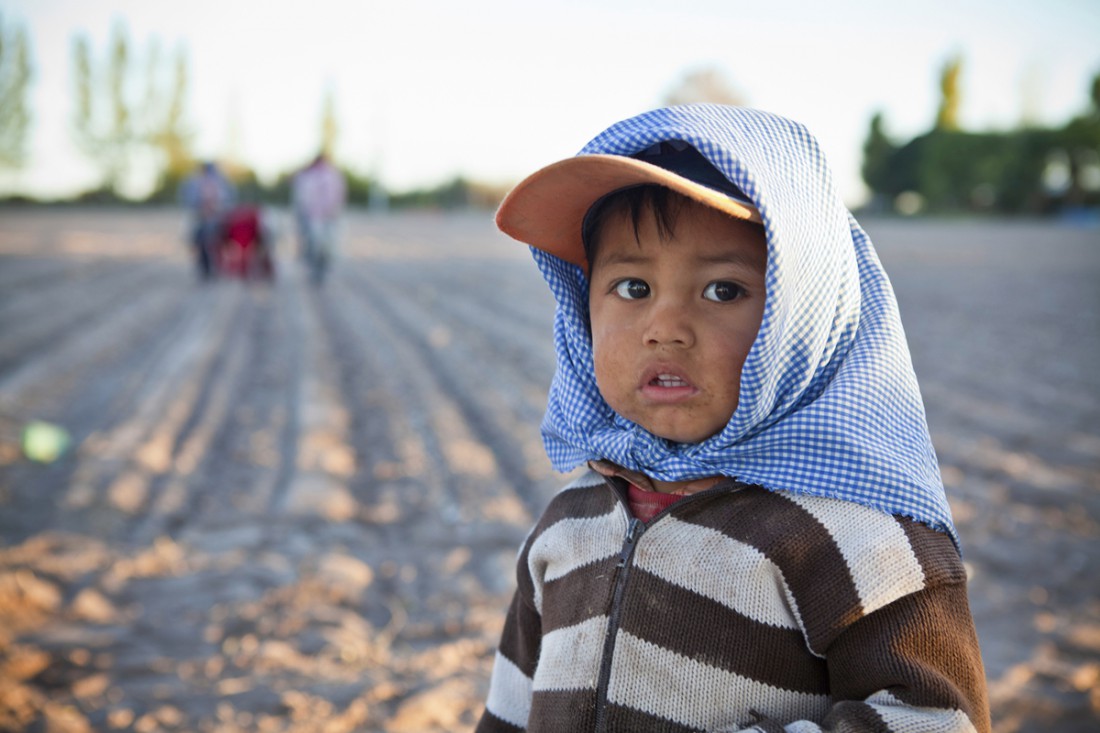What is Health Equity and How Can We Achieve It?

*Everything is connected. Poverty is a health issue, education is a health issue. VL
NewsTaco HEALTH TUESDAY
By Eric Moreno, Salud Today (2.5 minute read) 
Health equity can be a hard-to-understand concept.
A new report has a clear, simple definition:
“Health equity means that everyone has a fair and just opportunity to be healthier.”
 Achieving health equity means removing obstacles to health.
Achieving health equity means removing obstacles to health.
Obstacles like “poverty, discrimination, and their consequences, including powerlessness and lack of access to good jobs with fair pay, quality education and housing, safe environments, and health care,” according to the report. The report is by the Robert Wood Johnson Foundation (RWJF) and the University of California, San Francisco.
Unfortunately, health equity sometimes doesn’t exist.
Latinos and other minority and low-income groups suffer health inequities and disparities. These are deeply rooted in socio-economic conditions.
Why Do Health Disparities Exist?
The main obstacles identified by RWJF include poverty and discrimination.
Latinos and blacks are more in poverty (higher than a 21% poverty rate) than Asians and whites (less than 12% poverty rate), federal data show.
The consequences of these barriers, including powerlessness, lack of higher-wage jobs, and quality education and health care, also impact health equity.
“Health equity underpins all of the Robert Wood Johnson Foundation’s Culture of Health Action Areas and the goal of a society in which everyone has an equal opportunity to live the healthiest life possible,” according to a news release.
What Does the Report Say Can Be Done?
Report authors identified four key findings needed to achieve health equity:
- Identify important health disparities. Many health disparities are “rooted in inequities.” Not everyone has the same access to resources and opportunities that they need to be healthier. These determinants of health include living and working conditions, education, income, and health care. Increasing opportunities and access benefits everyone, especially those that have been left behind in the past.
- Change and implement policies, laws, systems, environments, and practices to reduce inequities in the opportunities and resources needed to be healthier. If the unfair social conditions that create inequities can be eliminated, health equity would be more attainable for everyone.
- Evaluate and monitor efforts using short- and long-term measures. Reducing certain health disparities could take decades, but that does not mean the process should not begin as soon as possible. This can be done by comparing disadvantaged groups to the general population rather than “advantaged” groups.
- Reassess strategies in light of process and outcomes and plan next steps. By actively engaging the population that is most affected by health disparities in the “identification, design, implementation, and evaluation of promising solutions,” health equity can be achieved sooner.
One distinction emphasized by the authors of the report is that equity is not the same as equality. Equalizing opportunities for those who have worse health and fewer resources can be attained by expending more of an effort to improve their health.
Read the full report here or read more about RWJF’s efforts to promote equity.
This article was originally published in Salud Today.
![]() Salud Today
Salud Today

